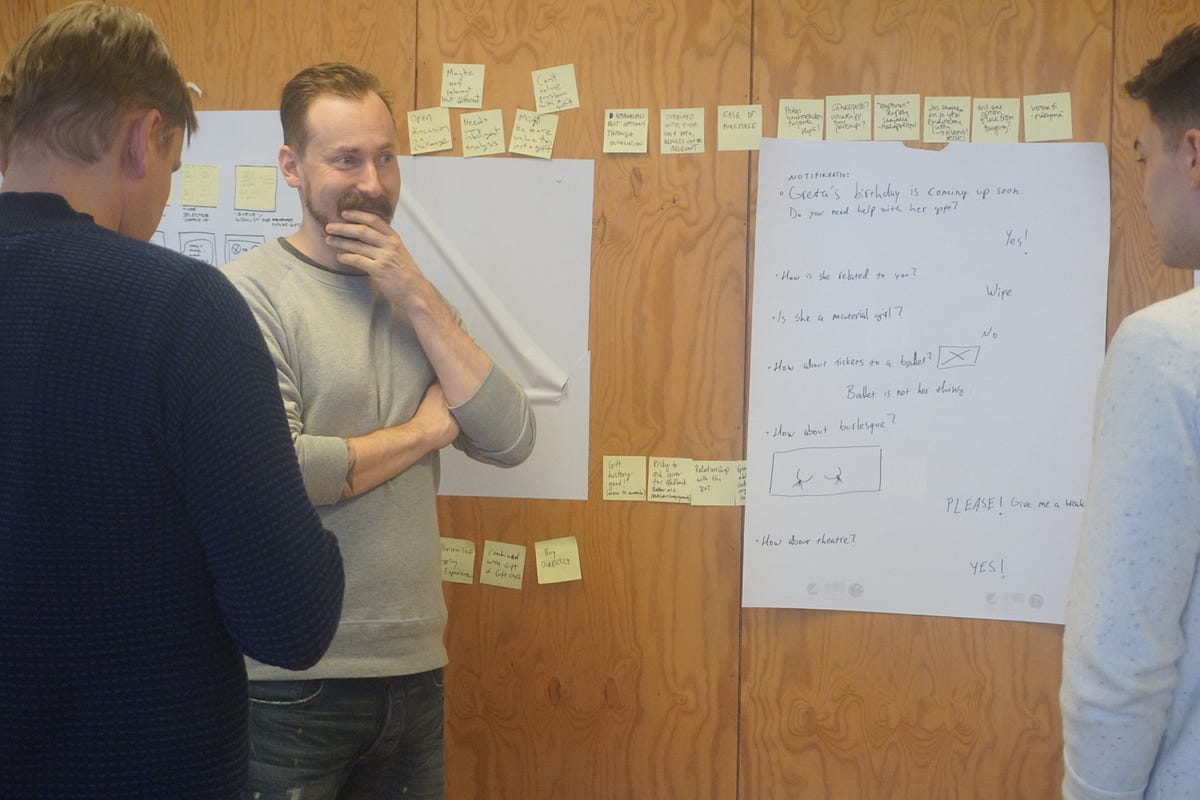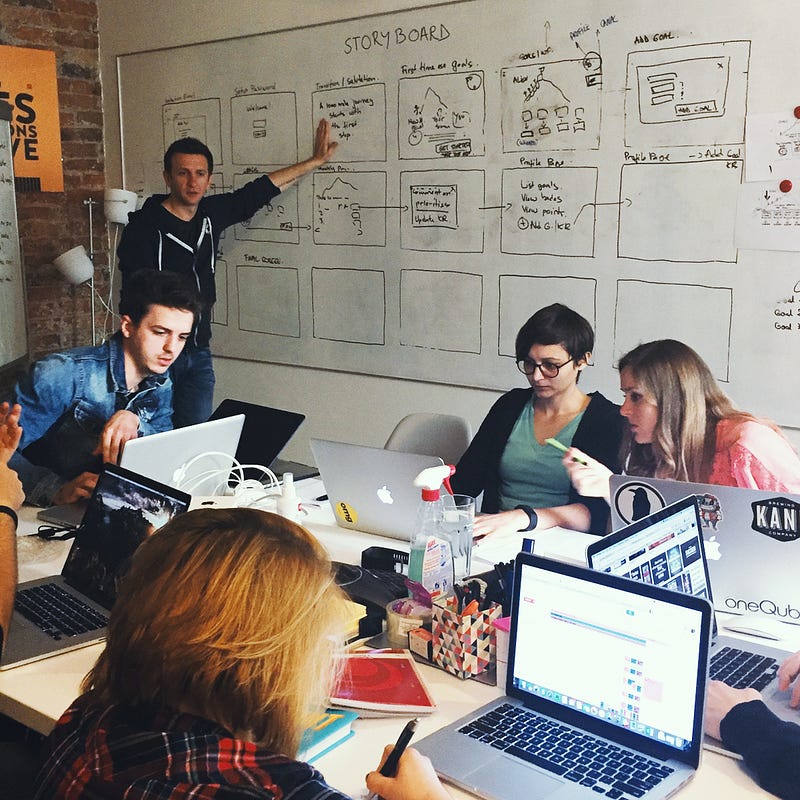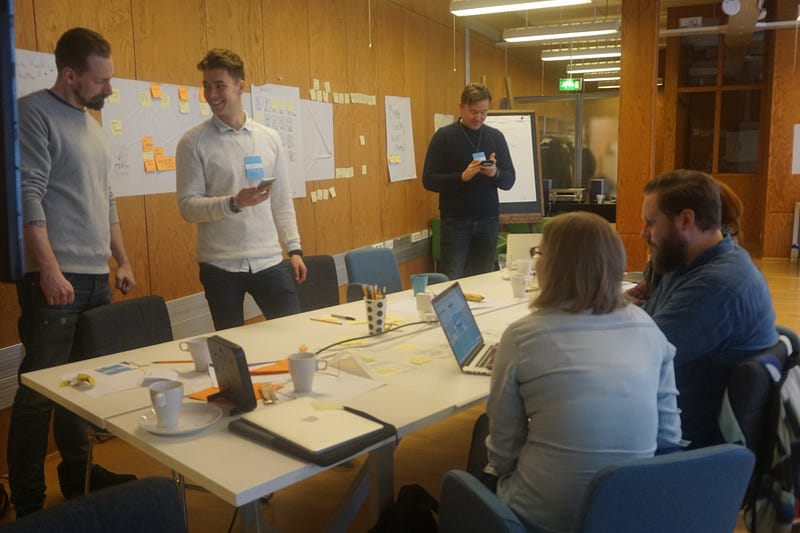Connecting OKRs to Design Sprints

One of the biggest assumptions the Sprint book made was that readers already understood how to select the most critical, most appropriate challenges on which to run a design sprint.
The book prompts you to run a sprint when stakes are high, when time is short, or when you’re stuck.
I’m (clearly) a huge fan of the book, the framework, and the team that wrote it, but this is one area that needed more thought put into it. Honestly, how many projects have you worked on within a team of people where all (certainly one) of these were the case? Pretty much always and forever, no?
If a team of people are working on problems that aren’t that important, you have all the time in the world to fix, and it’s fairly easy to agree upon solutions — are these really worth solving? Are they something that 7 people should spend 1 week validating?
And so the problem is that teams read the book, pitch design sprints to their leads, and plow forward on a sprint that:
didn’t consider the business’ priorities
never had a chance of being validated
weren’t problems your customer cared having a solution for
Best case, you validate a solution nobody wants. Worst case, the sprint is abandoned because the business stakeholders don’t find any value in spending time on the problem.
And because of your early mis-steps with your first sprints, you’ve now you’ve put yourself and your team in a position where others are questioning the value of the framework.
What should you do instead?
Preparing for design sprints: Anchoring & Framing vs. OKRs
We’ve previously talked about exercises we recommend your team to try prior to your design sprints. Within New Haircut, we refer to them as Anchoring and Framing. These exercises enable us to uncover insights that align with topics important to the companies we’re working with, and their customers, respectively. The activities within might include things like visioning exercises, creating target personas, employing the Jobs to Be Done framework, etc.
This process has worked extremely well to ensure we have the right challenges queued up for the design sprints we manage.
However there’s another, already established framework that’s been used by companies like Google, LinkedIn, Twitter, and WholeFoods that aligns people, teams, departments, and entire organizations around commonly shared goals: OKRs.
OKRs stands for Objectives and Key Results.
We started using OKRs a couple years ago. Our goal was to set better goals. Or maybe it was to get better at setting better goals. Either way, OKRs helped a ton.

The process for setting hi-value, aggressive, company-wide objectives with tangible results that are visible for everyone to track, is the magic of OKRs.
At New Haircut, toward the end of each quarter we interview everyone in the company to understand what they’re hoping to achieve in the upcoming quarter. We also ask if they’ve experienced any gaps or problems that could be interesting to address. And finally, we ask if customers have shared challenges we may want to consider tackling.
We then marry this data with the leadership team’s larger initiatives. Together, this informs our top 2 or 3 company-level goals for the upcoming quarter. These goals are then shared with our entire staff.
Once our company goals are set and associated with key results, our departments are asked to get together and define their department-level objectives and key results. The department OKRs need to align as near to 100% as possible with the company OKRs. And then likewise, individuals are asked to assembled their personal OKRs — also aligned to the department and company.
The result? Ideally, OKRs from each person align up through department and company. This means no one should be working on anything that isn’t connected to priorities that everyone in the organization understands and values.

So then — at the end of each quarter, we’ve successfully gathered priorities that are important to members of our company as well as our customers. And, same as our Anchoring and Framing exercises, the outputs of our OKRs process provide the inputs required for a design sprint.
Giving this a try at your company
OKRs have now been a work-in-progress at New Haircut for 2 years. Likewise, we’ve been in the design sprint game for 18 months. Neither are perfect. Neither happened over night.
We’ve evolved to the point that we’re able to leverage our OKRs to identify high-impact design sprint challenges. But this doesn’t mean you should jump into it tomorrow.
Why? It’s another framework to adopt… it’s another shift in process and mindset. So, if you’re not already using OKRs and equally just starting off with design sprints, do not try to introduce both at the same time.
Instead, here are some actions I would take to step my way forward with design sprints and OKRs:
Before diving head-first into sprints, I always recommend design sprint workshops or hiring an experienced facilitator — these provide your team the necessary, initial support structure.
Next, work on getting design sprints accepted. Here’s a webinar I did at InVision to help you get sprints approved and adopted by others in your company.
Review these recommended pre-sprint exercises we use to uncover and prioritize the best, highest-ROI, customer-valued design sprint challenges. Note: Don’t try them all at once!
Give yourselves the grace to screw up your first couple sprints (it will happen) and take steps to amend and improve the process to work best for your team.
Follow these suggested guidelines to evolve your design sprint prototypes into finished products and services.
Finally, you’re ready to give OKRs a shot. Just be prepared — depending how large and distributed your organization is, it will take at least 3–4 rounds of OKR trial-and-error before hitting your stride.
And if you’re already using OKRs, we’d love to hear how you fare with connecting your objectives and key results to the problems you tackle in your design sprints! Get in touch with us to talk about it.


